India's biggest automaker won't wait until next year to relaunch its passenger vehicle division.
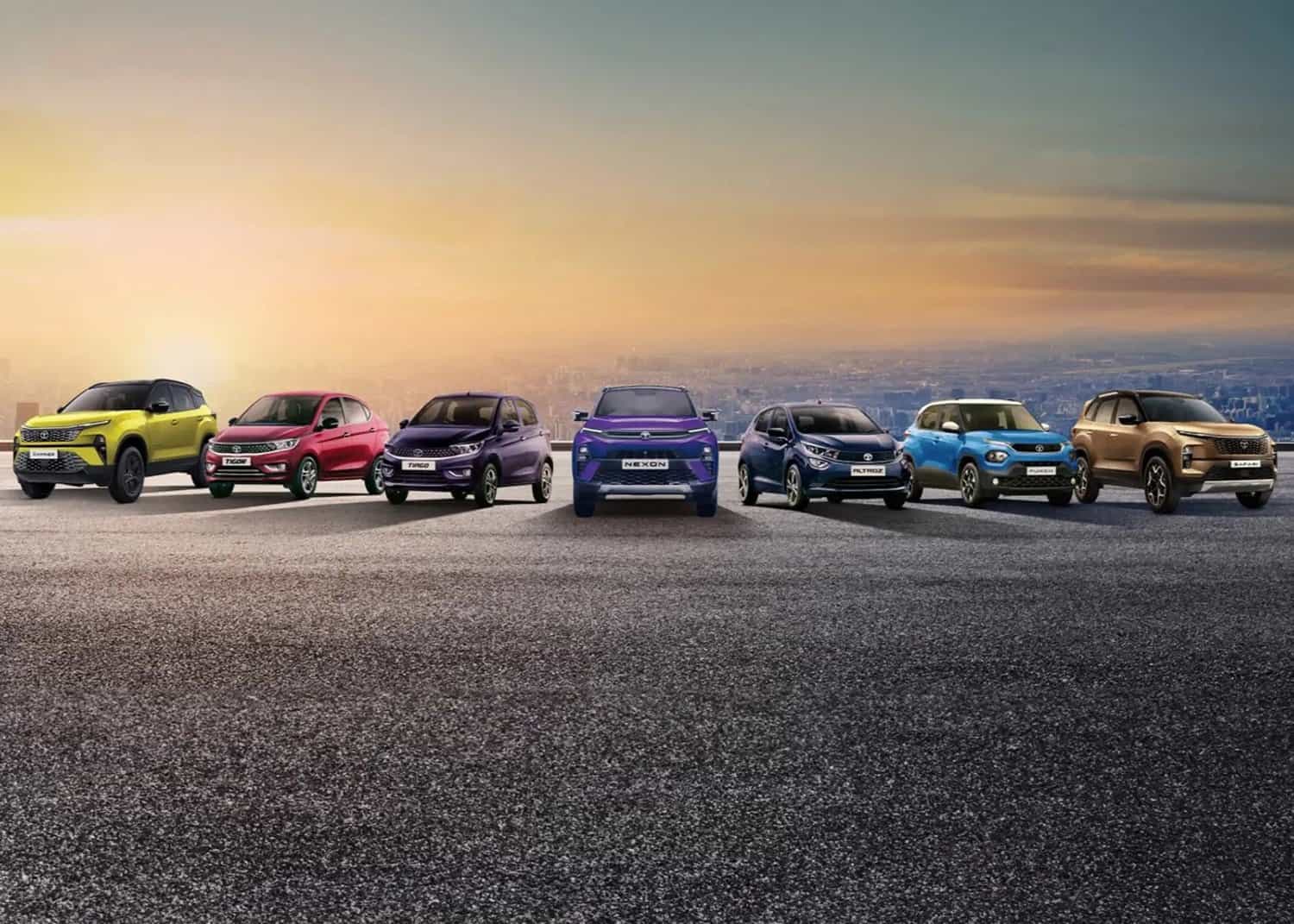
In a surprise development, Indian auto giant Tata has announced its return to South Africa next month after quietly ending its passenger vehicle operations eight years ago.
‘New’ Tata
Still present via its truck and bus division, the Mumbai-based brand has provided no details of its planned product range, though a hint has been provided by the official event invitation.
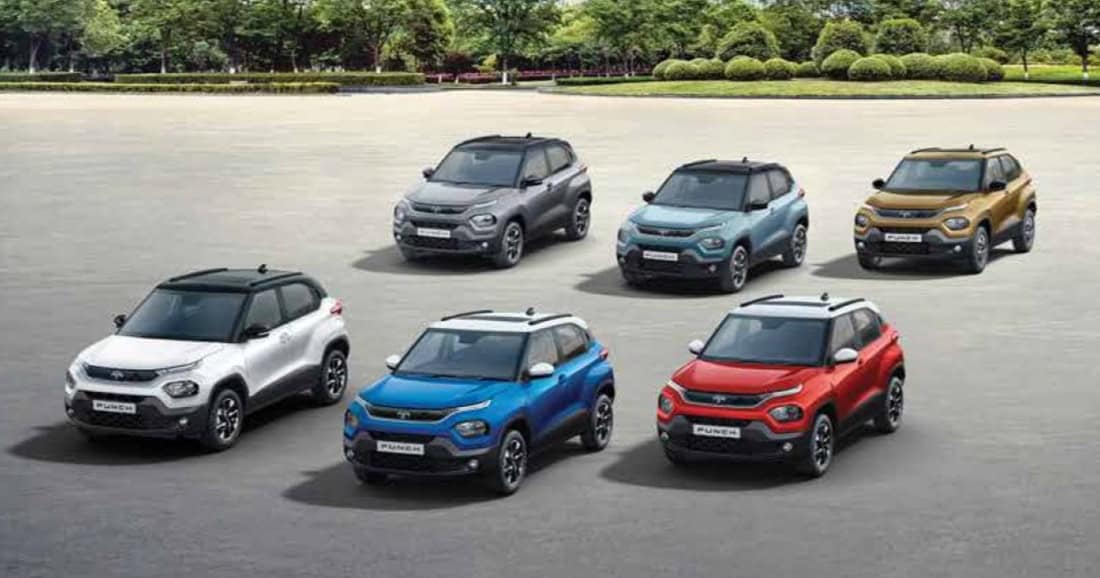
Its line-up currently comprises two A and B-segment hatchbacks, the Tiago, its sedan sibling, the Tigor, and the Altroz, it also fields two B-segment SUV, the Punch an Nexon, plus two C-segment SUVs in the shape of the Harrier and Safari
On Safari
As per the mentioned document, the Safari appears set to be one of products Tata will launch with as the original had been a quiet presence in the local market over two decades ago.
ALSO READ: Land Rover Discovery Sport-based Tata Gravitas unveiled in India as renamed Safari
A radical departure, though, the current second generation Safari made its official world debut four years ago, but benefited from its current updated look as part of a mid-life facelift two years ago.
Drawing off Tata’s ownership of JLR, the Safari rides on the same D8 platform as the “Land Rover” Discovery Sport and Range Rover Evoque, with dimensions of 4 668 mm in overall length, a wheelbase of 2 741 mm, width of 1 922 mm and height of 1 795 mm.
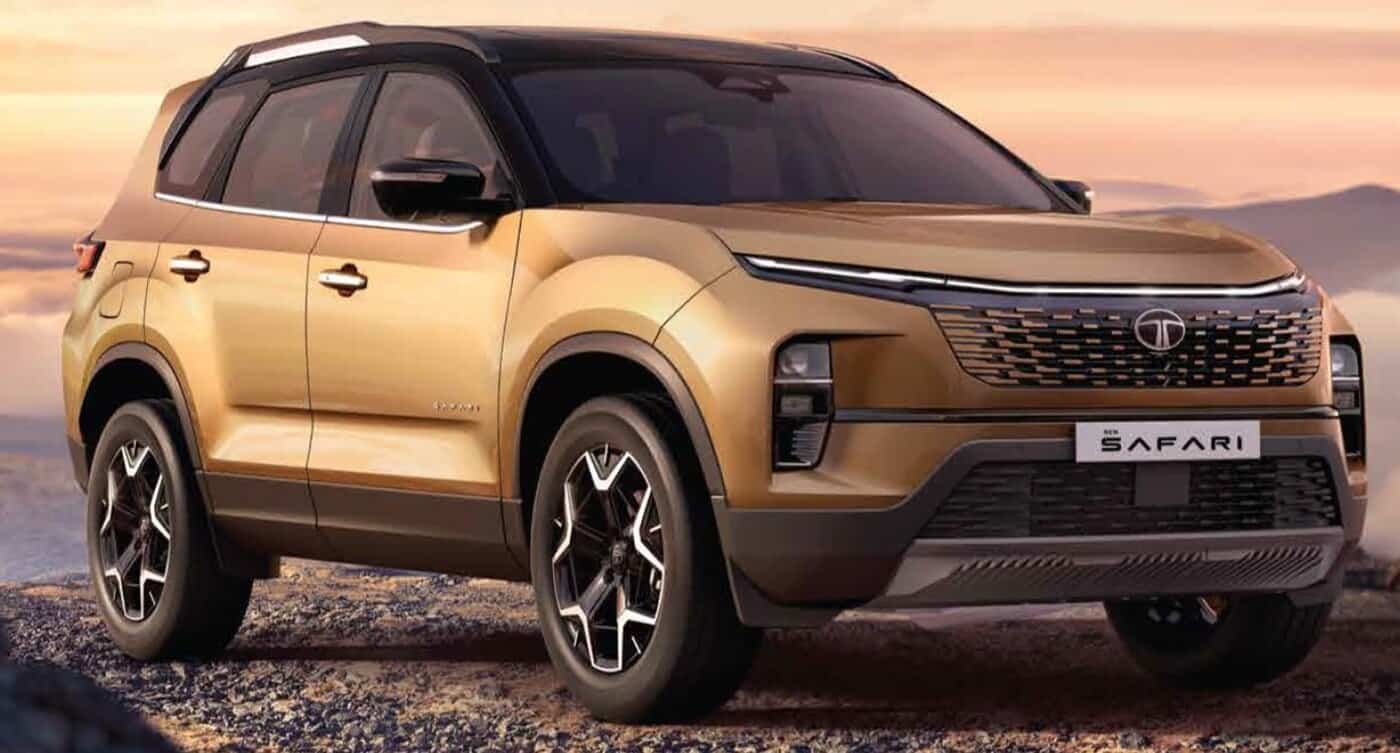
Offered only with front-wheel-drive unlike the original that had a body-on-frame construction and came with the option of a part-time four-wheel-drive system, the Safari comes standard with seven-seats or as an option, six, with the second row being a pair of captain’s style ventilated chairs.
Boot space, depending on the configuration, ranges from 211-litres with all seven seats up, to 1 550-litres with the outer and middle rows folded down.
Available in five trim levels; Smart, Pure, limited edition Stealth, Adventure and flagship Accomplished, the Safari makes use of Tata’s Kryotec 2.0-litre turbodiesel engine based on Fiat’s earlier Multijet design as part of a long-standing licence agreement.
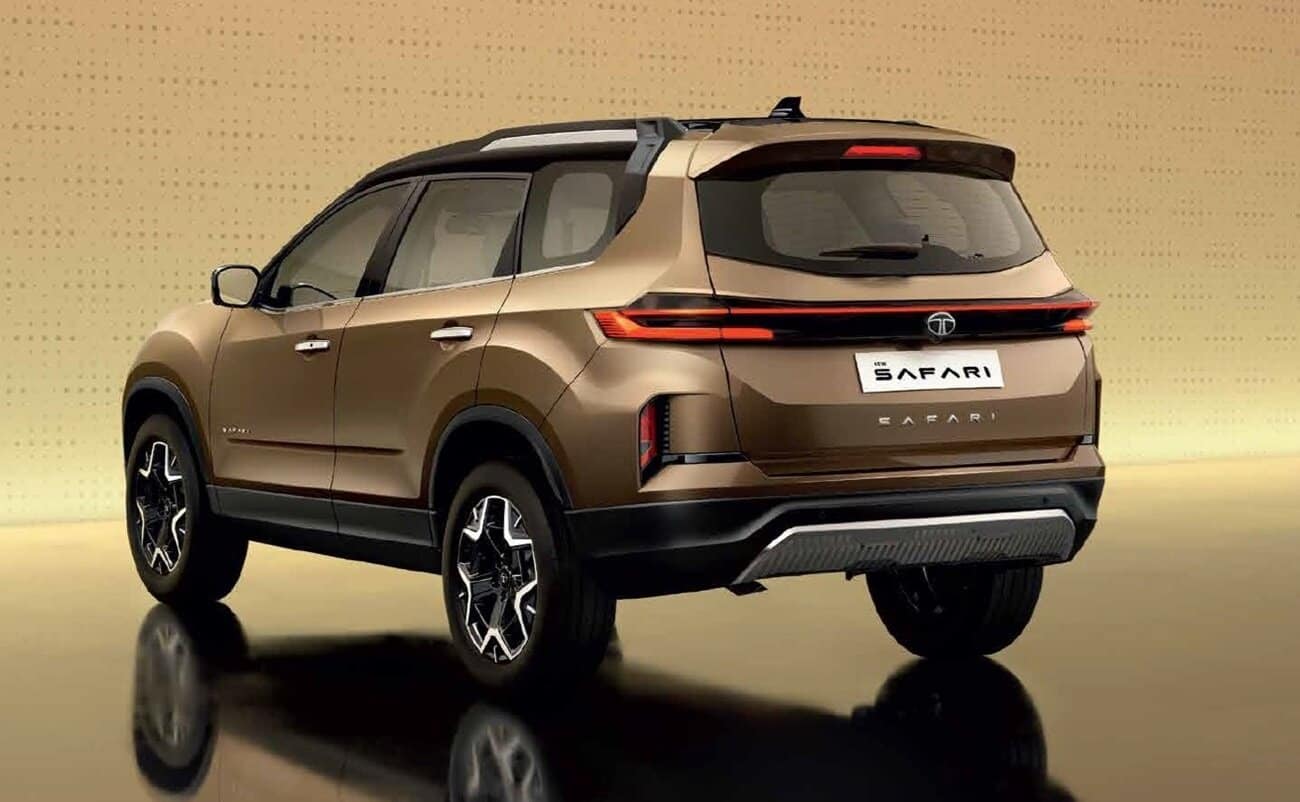
Developing 125kW/350Nm, the oil-burner is matched either to a six-speed manual gearbox, or a torque converter six-speed automatic.
In terms of spec, which varies from trim levels, the Safari features 16-inch steel to 19-inch alloy wheels, a six-speaker sound system or an upgraded 10-speaker JBL, dual-zone climate control, ventilated and electric front seats, LED headlights, push-button start, a panoramic sunroof, rain sense wipers, a wireless smartphone charger, rear window blinds, a hands-free electric tailgate and ambient lighting.
As standard, it also gets type-A and type-C USB ports, a 10.25-inch digital instrument cluster, and a choice of two infotainment displays based on the variant; a 10.25-inch and a 12.3-inch, both with wireless Apple CarPlay, Android Auto and voice recognition.
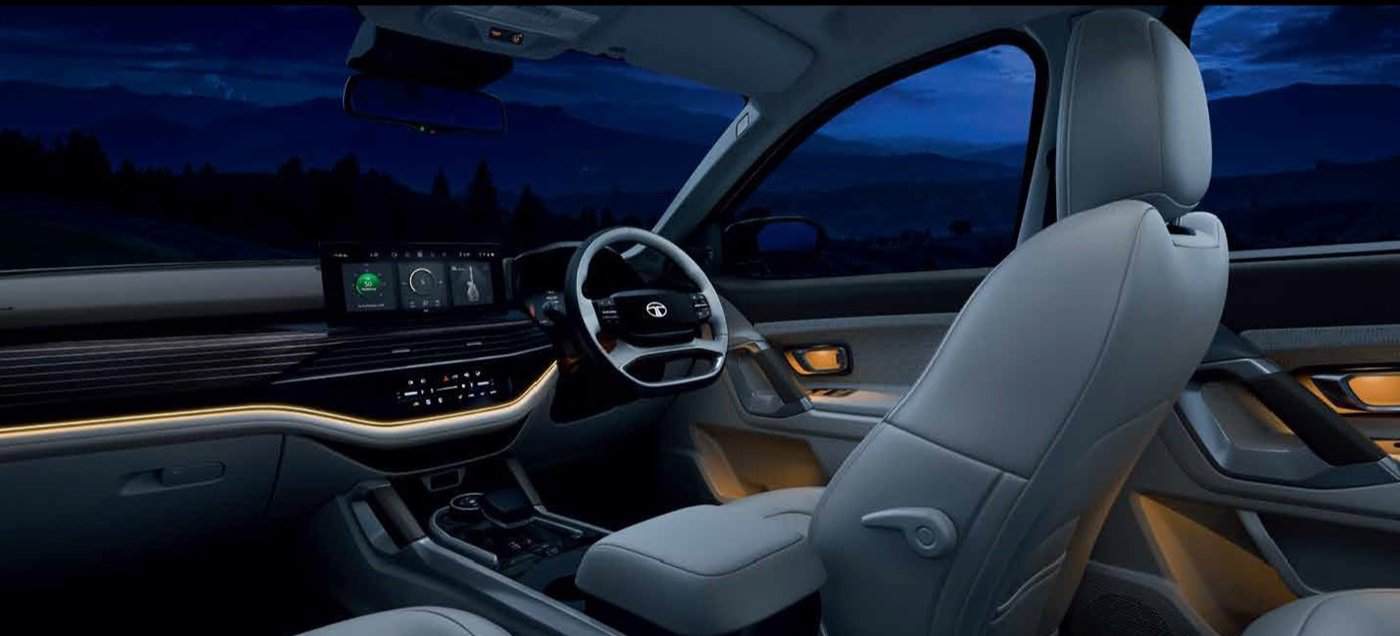
On the safety front, the Safari comes resplendent with the following, again differing in availability based on the trim grade:
- tyre pressure monitor;
- 360-degree surround-view camera system;
- seven airbags;
- front and rear parking sensors;
- Hill Descent Control;
- Rollover Mitigation;
- Hill Hold Assist;
- Driver Attention Alert.
Elsewhere, Tata also states the inclusion of 21 other advanced safety systems, a drive mode selector with three settings; Eco, City and Sport, and a terrain selector with three settings: Normal, Wet and Rough.
Priced from Rs 1 549 900 to Rs 2 724 990, which works out to a directly converted R320 481 to R563 461 without taxes, the Safari is likely to head Tata’s local line-up, however, exact details remain unknown.
Other likely options
At the other end of the scale, the Punch, which has been a runaway success since its debuting two years ago, could open Tata’s overall line-up, along, possibly, with the Altroz that premiered in 2020.
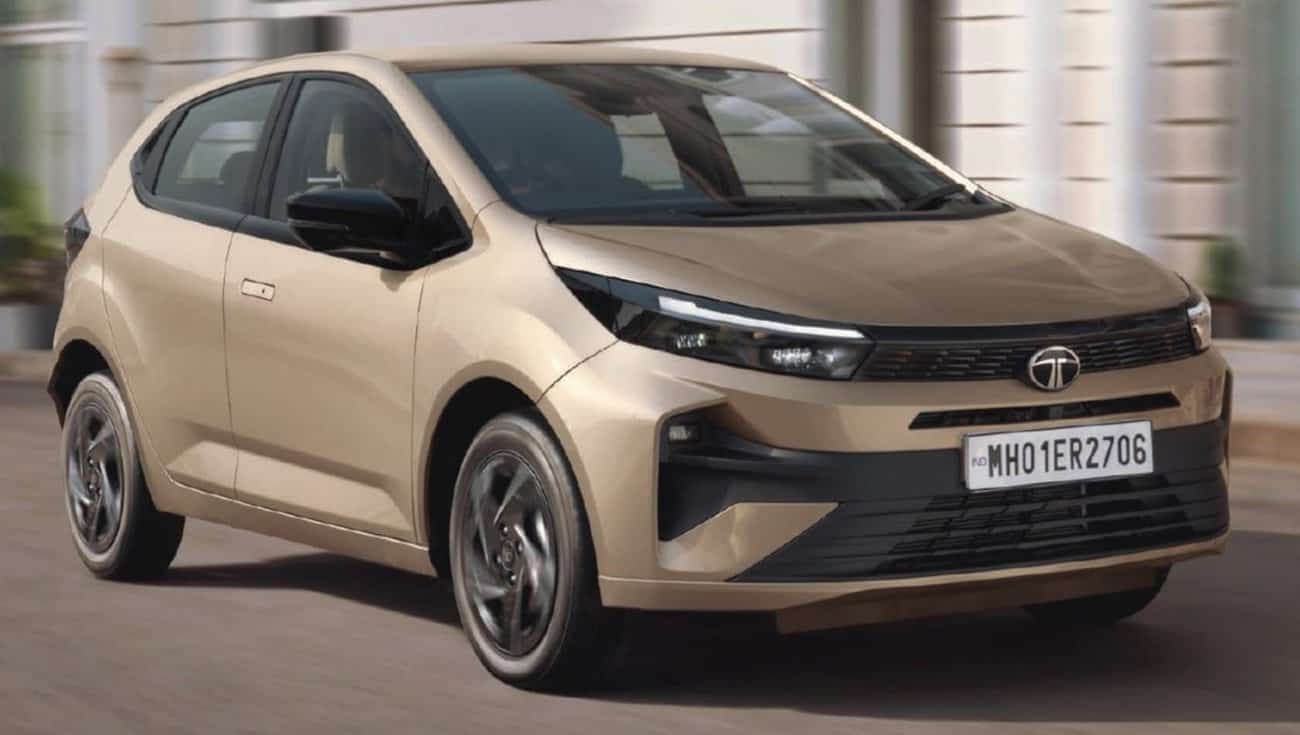
Another option could be the coupe-styled Curvv that debuted last year as Tata’s newest model in its entire product portfolio.
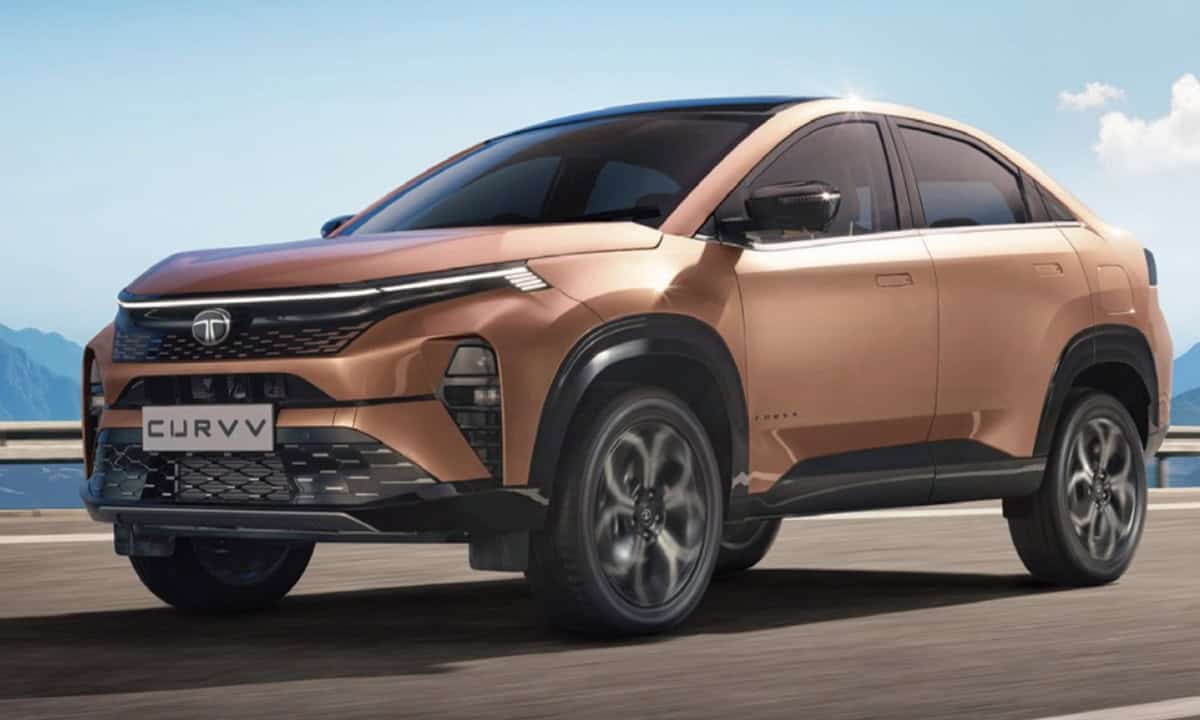
As indicated though, expect a clearer image to emerge next month.
NOW READ: New Tata Bolt is well worth the wait






